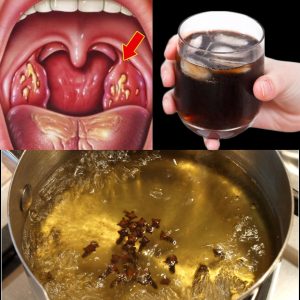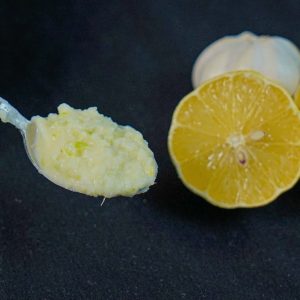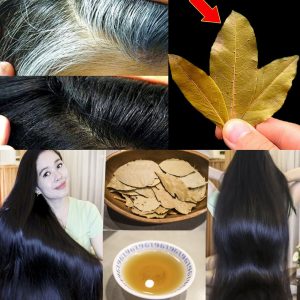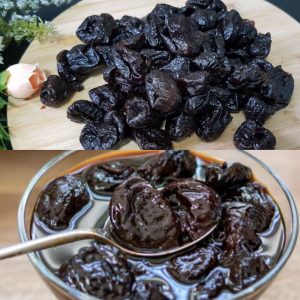Many people strive for a bright, white smile, yet maintaining that natural whiteness can be a challenge. Surprisingly, one of the most common mistakes that can lead to yellowing is a simple one: brushing without fully wetting the toothbrush. According to dental experts, brushing with dry bristles can prevent toothpaste from spreading effectively, leading to less thorough cleaning. Wetting the bristles not only ensures better toothpaste coverage but also makes brushing gentler on your gums and teeth, helping to prevent irritation.
Timing also plays a significant role in keeping teeth white. Brushing right after consuming acidic foods or drinks, like soda, fruit, or sour candy, can harm tooth enamel. Acidic substances weaken the enamel, and brushing immediately afterward can lead to further damage. Dental professionals recommend waiting at least 30 minutes to allow your enamel to remineralize, helping to protect it from erosion and keeping your smile vibrant over time.
Besides brushing habits, there are other factors that contribute to yellow teeth. Consumption of dark-colored beverages like coffee, tea, and red wine, smoking, aging, and certain medications can all impact tooth color. Genetics, injuries, and medical conditions can also play a part. Identifying the specific cause of yellowing can help in choosing the best approach for each individual, whether through professional treatments or preventive strategies.
For those looking to whiten teeth naturally, home remedies can be effective. Using whitening toothpaste, oil pulling with coconut oil, brushing with a baking soda paste, and avoiding stain-causing foods are all popular methods. However, for significant concerns or persistent discoloration, consulting with a dentist ensures you receive safe and personalized advice. By addressing common brushing mistakes and exploring tailored whitening options, you can keep your smile bright and healthy.





